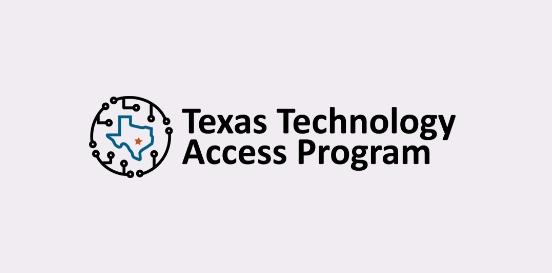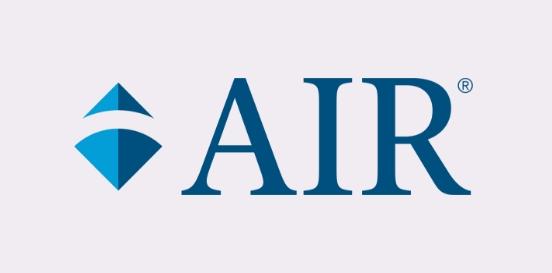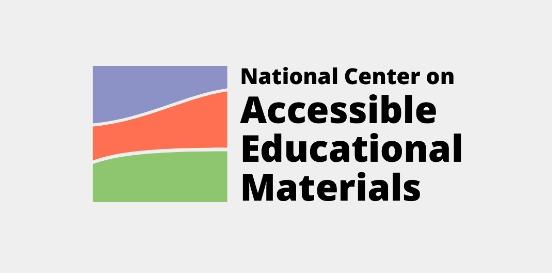Hearing Assistive Technology
Systems designed to enhance the listening experience for students in educational settings. These systems typically involve the use of microphones, speakers, and sometimes other technologies like FM systems or infrared systems to amplify and clarify the teacher's voice.
Considerations
Take the following considerations into account when selecting and implementing AT to ensure that the chosen tools are well-suited to the student’s needs, align with their goals, and seamlessly integrate into their educational journey. By embracing a collaborative approach and considering the specific skills, tasks, and implementation context, educators can provide students with the necessary support to thrive academically and functionally, promoting inclusivity and fostering their overall success.
Skills and Tasks What skills or tasks will the student utilize this tool for? What areas, functional or academic, does this tool support?
Access to classroom discussions, lectures, notes
Implementation Context In what activities, classes, or environments will the student utilize this tool?
These technologies are particularly beneficial for students who are deaf or hard of hearing and/or students with auditory processing disorders, attention difficulties, or language barriers. By making the teacher's voice clearer and louder, classroom hearing assistive technology can improve students' comprehension, attention, and overall learning experience. It can also reduce the strain on teachers' voices by allowing them to speak at a normal volume without having to strain to be heard by all students in the classroom.
These technologies typically include microphones worn by the teacher or strategically placed in the classroom, along with speakers placed throughout the room.
The microphone captures the teacher's voice and transmits it wirelessly to the speakers, ensuring that students can hear clearly regardless of their seating position in the room. Some systems may also include additional features such as noise reduction to minimize background noise interference and improve speech intelligibility.








